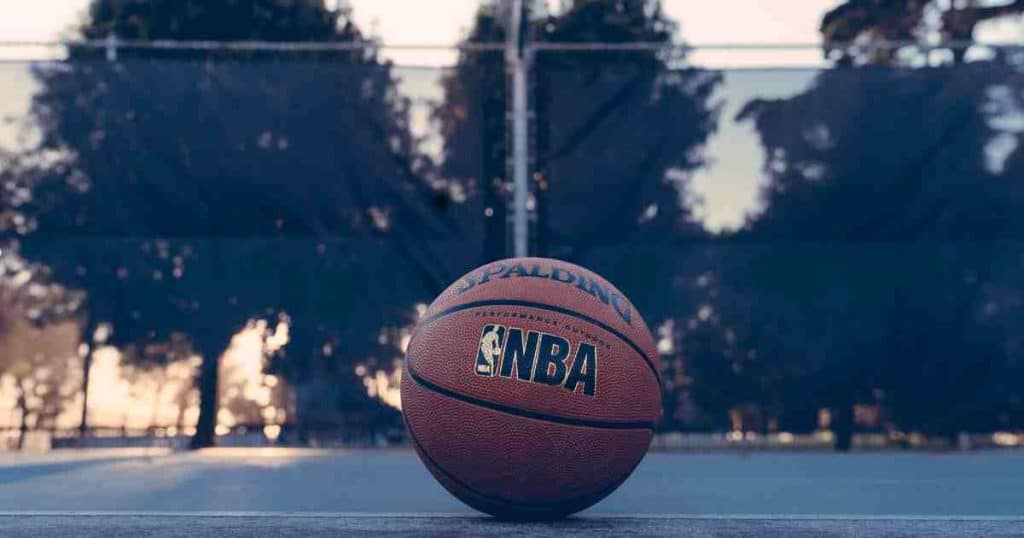Unpacking the NBA Draft Lottery: From Ping Pong Balls to Prospects
For many basketball enthusiasts, the words “NBA Draft Lottery” evoke a whirlwind of emotions: excitement, hope, and intrigue. This feeling is akin to college football fans awaiting the release of Fanduel Heisman odds or NFL fans waiting for the Draft, where speculations run wild. The NBA’s annual draft lottery, deeply shrouded in anticipation, provides not just a selection sequence but a beacon of hope for teams dreaming of resurgence.

Much like how the Heisman odds can shift the collegiate football landscape, this lottery influences the NBA’s power dynamics. How did this system, blending both strategy and serendipity, emerge? And what intricate processes lie hidden from the public eye? As we embark on this exploration, we’ll uncover the captivating evolution of the NBA Draft Lottery, from its iconic ping pong balls to the horizon of promising prospects awaiting their destiny.
The Origin of the Lottery System
The NBA Draft Lottery was introduced in 1985 as a means to deter teams from intentionally losing games to secure the top pick. Before the lottery system’s inception, the draft order was determined simply by a team’s win-loss record, with the worst teams getting the earliest selections.
However, this straightforward approach led to allegations of teams “tanking” — deliberately underperforming — to get their hands on coveted prospects. The lottery system was devised to add an element of chance, ensuring that every team in the lottery had a shot, albeit at different odds, at the number one pick.
The Mechanics of Ping Pong Balls
At the heart of the lottery system are the famous ping pong balls. Fourteen of them, numbered 1 to 14, are placed in a lottery machine. The balls are drawn in a series of combinations, and based on these combinations, teams are assigned their draft positions.
The odds of landing the top pick are weighted according to the teams’ regular-season records, with the team having the worst record getting the best odds. However, they’re not guaranteed the top spot, making the lottery an event filled with suspense.
Controversies and Conspiracy Theories
No system is without its critics, and the NBA Draft Lottery is no exception. Over the years, various conspiracy theories have emerged. One of the most infamous theories involves the 1985 lottery when the New York Knicks secured the top pick, leading to them drafting Patrick Ewing.
Some believed the envelope containing the Knicks’ logo was intentionally chilled or bent, ensuring it would be selected. While these theories add a layer of drama to the proceedings, the NBA has always maintained the integrity of the lottery process.
Potential Reforms and the Future
As the NBA continues to evolve, so does the discourse around the draft lottery’s effectiveness. Critics argue that the system still incentivizes tanking, as teams outside of playoff contention often have little to play for besides improving their draft odds.
Proposals for change have ranged from flattening the odds even further to introducing play-in tournaments for draft positions. As the league grows and seeks to maintain competitive balance, the conversation around potential lottery reforms will likely intensify.
Conclusion
The NBA Draft Lottery, with its blend of chance, strategy, and drama, serves as an annual reset button for the league’s franchises, offering hope and potential transformation. From the humble ping pong ball’s unpredictability to the aspirations tied to each young prospect, the event is more than just a precursor to the draft—it’s a celebration of what lies ahead for the NBA.
As we continue to debate its merits and potential flaws, one thing remains certain: the NBA Draft Lottery will always be a pivotal moment on the calendar, ushering in a new era of talent and possibilities.

